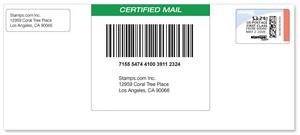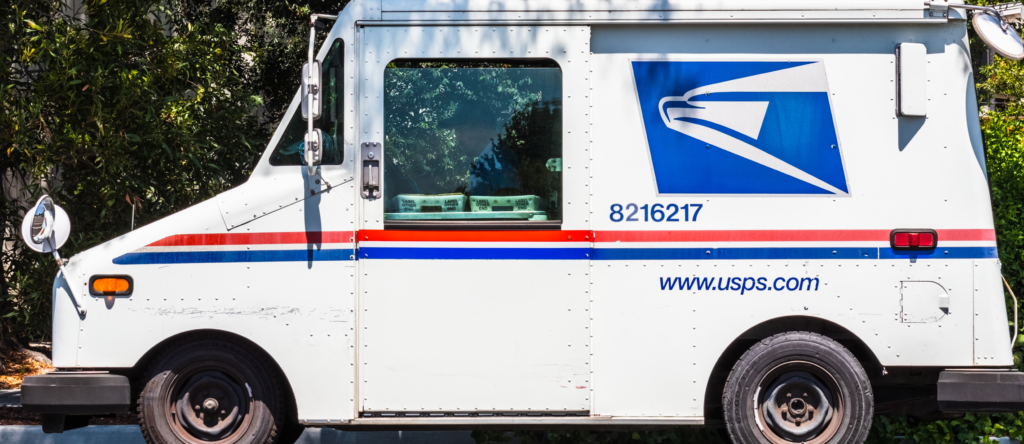
If you’re not planning on submitting your tax return electronically, it’s a good idea to use USPS certified mail with proof of mailing to send your return to the IRS. For most people, the easiest way to send a tax return is to send your return to the P.O. Boxes provided by the IRS, which are only available USPS delivery. In the event of any disputes regarding mailing dates, certified mail with proof of mailing is a cheap, easy way to prove that you mailed your tax return by a particular date.
Stamps.com can help you prove that your taxes were sent on time with certified mail labels featuring receipt cards that you can have postmarked at the time of your mailing. If you do not require return receipt, the new SDC-3710 is a cheap, easy way to send your certified mail with proof of mailing. If you’re looking for a product with return receipt (which is an additional layer of protection in the event of a mailing dispute) only the SDC-3810 and SDC-3900 offer return receipt postcards.
After printing out your label with your home printer, bring your tax return into the Post Office before April 15th to avoid lines of people trying to fill out certified mail forms. When you send your return, have a USPS employee postmark your mailing receipt and you’ll be on your way. Be sure to bring the mailing receipt printed by Stamps.com with you to the Post Office.
If you’re not convinced that certified mail can save you time and hassle, consider the story of an Iowa couple who accidentally overpaid their state taxes in 1996 by more than $7,000. Their accountant’s records showed he had prepared the taxes in September 1997 and mailed them out, but the Iowa Department of Revenue had no record of receiving their return and the couple didn’t get their refund. When the couple tried to file a duplicate return, the state denied it because the statute of limitations had passed; this ruling was upheld by the Supreme Court. For the cost of certified mail without receipt and a trip to Post Office to obtain a stamped proof of mailing, the couple potentially could have avoided losing their refund.


